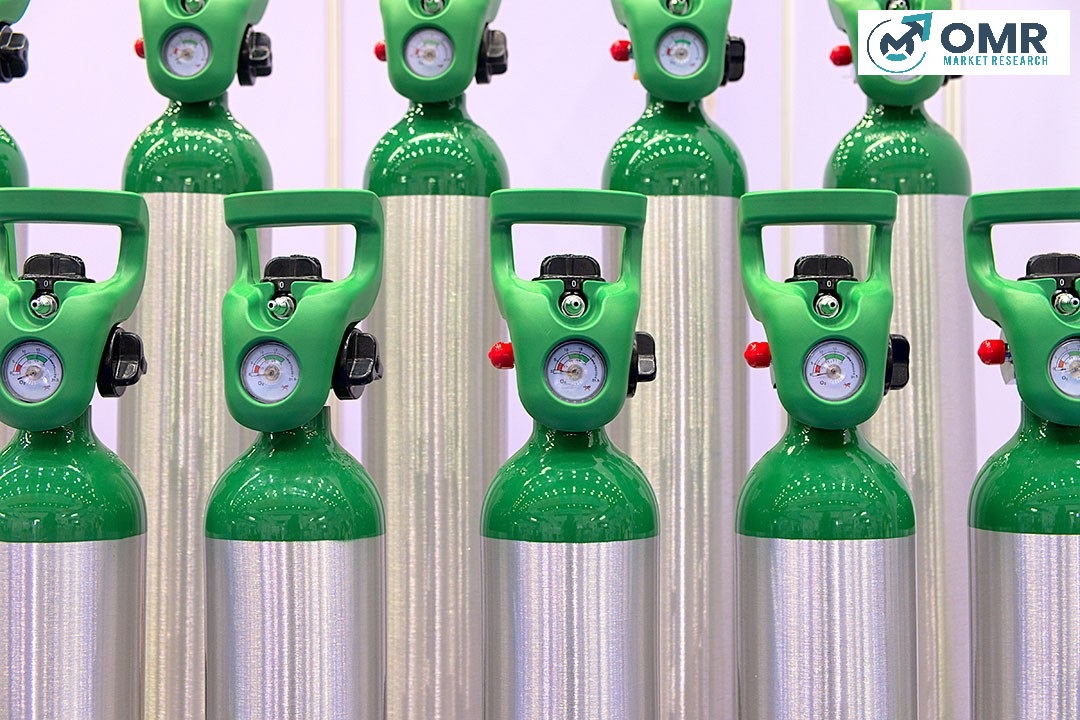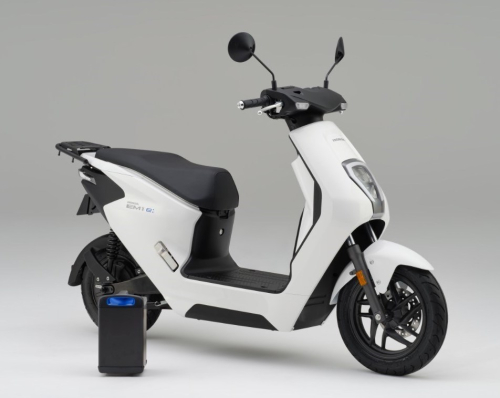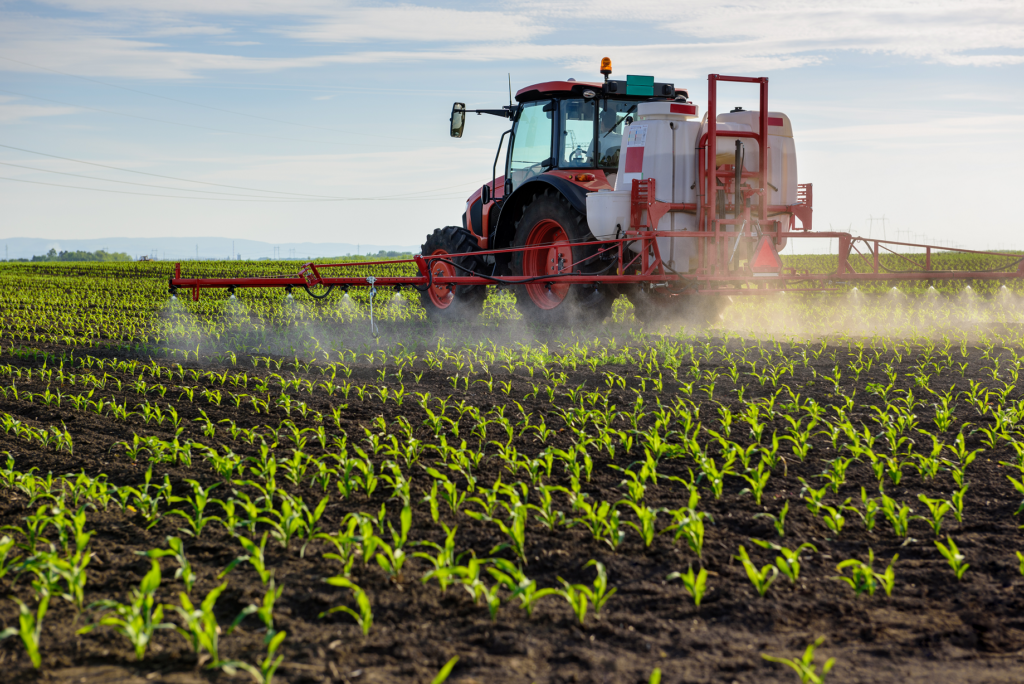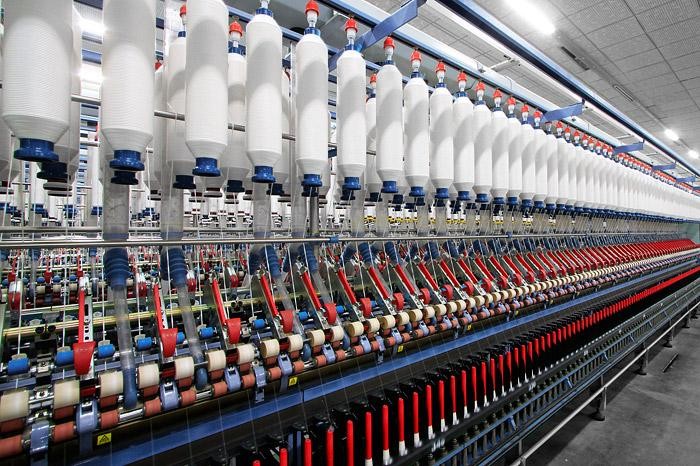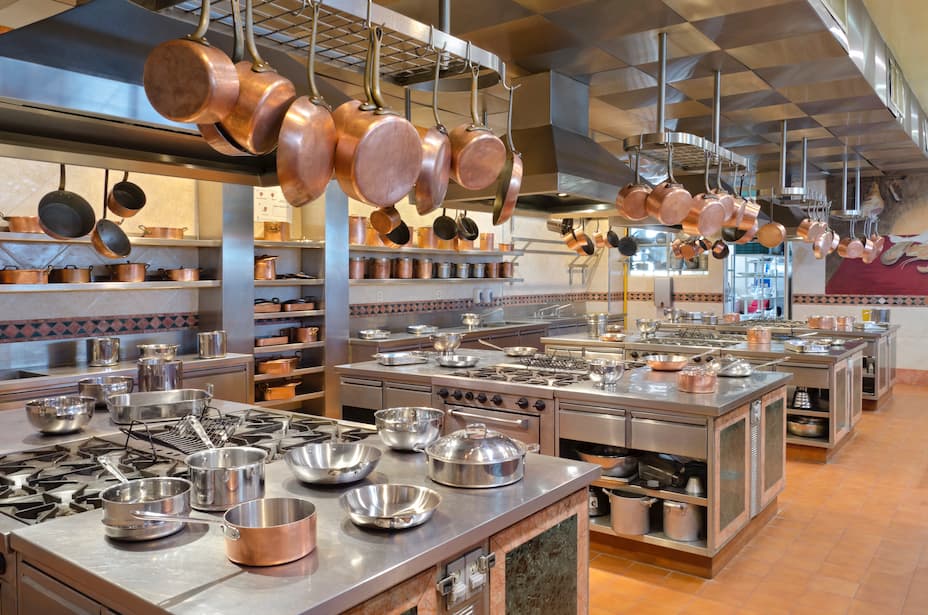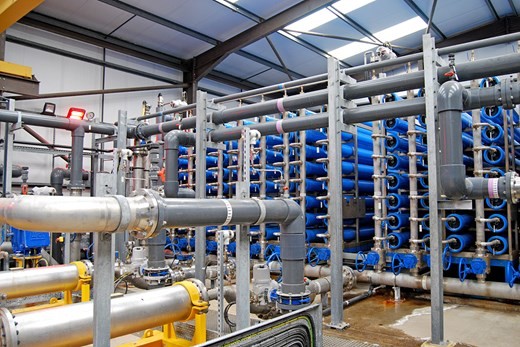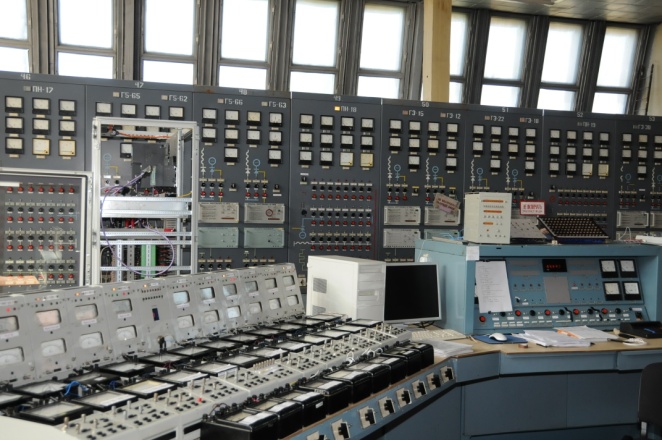Asia-Pacific Textile Machinery market size was USD XX billion in 2023 and the market is projected to touch USD XX billion by 2032, at a CAGR of 7.80% during the forecast period. The Asia Pacific region is the hub of the global textile and apparel manufacturing sector, which is led by Bangladesh, Vietnam, China, & India. Due to of the market’s continuing expansion which is being driven by both growing local demand and the potential for exports sophisticated textile equipment is in high demand. In order to fulfil increasing consumer demands and expand production capacity, manufacturers place a high priority on modernizing their machinery to boost productivity, precision, and efficiency. One major factor influencing the industry is the high initial capital cost of modern, high-tech machinery purchases. Textile production gear can be costly, particularly the latest versions with automated, digital, and eco-friendly features. Both established textile producers looking to improve their machines and prospective entrants to the business face difficulties as a result of this significant capital cost. Small and medium-sized enterprises (SMEs) may find it particularly challenging to secure the funding needed to invest in state-of-the-art machinery, which may impair their ability to successfully compete in a market that is changing swiftly. The high initial capital expenditure required for modern textile machinery is thus a major barrier to entry in the industry, especially for SMEs and novices.
They are going to be economic opportunities due to the growing customer demand for sustainable and environmentally friendly production methods. The increasing demand for ecologically friendly and sustainable manufacturing methods is expected to drive a large expansion in the textile machinery industry. Because of increasing environmental consciousness and legal constraints, there is an increasing demand for textile machinery to support more environmentally friendly manufacturing practices. The equipment made of ecologically friendly materials, with a lower energy consumption and waste production rate, can be innovatively designed by manufacturers. By fulfilling this demand, companies can show that they are pioneers in eco-friendly production and make a major contribution to sustainability.
Click : https://www.organicmarketresearch.com/asia-pacific-textile-machinery-market
The Asia-Pacific region has emerged as a global hub for the textile industry, driven by its extensive manufacturing capabilities, skilled labor, and increasing domestic demand. At the heart of this thriving sector lies the textile machinery market, which is essential for efficient production and innovation in textiles. This blog delves into the Asia-Pacific textile machinery market, exploring its trends, growth opportunities, and future outlook.
Overview of the Textile Machinery Market in Asia-Pacific
Textile machinery plays a pivotal role in the production process, encompassing spinning, weaving, knitting, and finishing equipment. The Asia-Pacific region dominates the global textile machinery market, supported by leading textile-producing countries like China, India, Bangladesh, and Vietnam. These countries account for a significant share of global textile exports and are major adopters of advanced machinery.
Countries Covered
Northeast China, Central China, Southwest China, North India, South India, East India, West India, Central India, Seoul Capital Area (Sudogwon), Gangwon, Chungcheong, Honam, Yeongnam, Hokkaido, Tōhoku, Kantō, and New South Wales, among.
Asia-Pacific Textile Machinery dynamics
The factors influencing the dynamics of the Asia-Pacific Textile Machinery market include regulatory mandates, technological advancements, and increasing industrial safety awareness. The growing demands for textiles worldwide, particularly for home and fashion uses, is driving up demand for new textile technology in these nations. Due to these countries’ increasing potential for textile exports, machinery manufacturers now have the chance to satisfy the demands of large-scale production, robotics, and other economical manufacturing methods in order to increase efficiency and reduce costs.
Asia-Pacific Textile Machinery drivers
Technological Advancements in Textile Machinery
Textile machinery is undergoing a revolution Due to automation, the Internet of Things, & artificial intelligence (AI), which lower labor costs, increase output, and decrease waste. With characteristics including real-time monitoring & predictive maintenance, modern textile machines assist businesses in improving the quality of their products and increasing production efficiency. As a result of the use of this cutting-edge technology, the textile machines sector in the region is growing.
Government Initiatives and Investments
The modernization of the textile sector is being encouraged by a number of governments in the Asia Pacific area through the provision of advantageous policies, subsidies, and incentives. The market for textile machinery is being stimulated, for instance, by programs that encourage the use of cutting-edge machinery or offer financial support for the upgrade of already-existing machinery. Additionally, the market is supported by investments in manufacturing facilities, especially in areas with a high concentration of textile industry, as this makes access to contemporary machinery easier.
- Restraints:
High Initial Investment Costs
The latest textile machinery necessitates a substantial capital outlay, particularly those that use automation, IoT, and AI technology. The substantial upfront expenses associated with buying and maintaining contemporary machinery might be unaffordable for small and medium-sized textile businesses, especially those in Asia Pacific’s developing nations. Growth in the market is impacted by this financial burden, which inhibits the adoption of new technology.
Volatility in Raw Material Prices
The textile industry is heavily reliant on raw materials such as polyester, cotton, and other fibers, the prices of which are subject to fluctuations due to environmental conditions, changes in global demand, & disruptions in the supply chain. Manufacturers may experience narrower profit margins as a result of rising raw material costs, which may limit their ability to invest in modern or new textile machinery. Market growth is hampered by this uncertainty because businesses may put short-term survival ahead of long-term technological investment.
- Opportunities:
Rising Demand for Sustainable and Eco-friendly Textiles
Growing public understanding of environmental issues is driving up demand for eco-friendly and sustainable textiles in the Asia Pacific area. The manufacturers of textile machinery are provided with the opportunity to provide technology that supports green production practices. Technological advancements in machinery that minimize waste, facilitate material recycling, and use less water and energy will be highly sought after. Manufacturers who prioritize sustainability are likely to witness a rise in market acceptance.
- Segment Overview
By Machine Type, The Asia-Pacific Textile Machinery market is segmented into Spinning Machines, Weaving Machines, Knitting Machines, Texturing Machines, and Others. The textile machinery market in Asia Pacific has experienced significant expansion in the knitting machines category. The primary forces behind this growth are advancements in knitting technology & the expanding demand for knitted fabrics in the apparel and fashion industries. The increase in textile manufacturing in countries like Bangladesh, China, and India as well as the expanding use of automation in knitting processes are further factors driving these developments. In the Asia-Pacific region, spinning machines hold a dominant position in the textile machinery market. The huge demand for fiber production, especially in major centers of textile manufacture such China and India, that are important participants in the world textile trade, is credited with the domination. The significance of yarn as an input for a range of textile operations guarantees that spinning machines will continue to hold the top spot in the industry.
By Application, The Asia-Pacific Textile Machinery market is segmented into Garments and Apparels, Household and Home Textiles, Protective Textiles, Medical, Others. In the Asia Pacific textile machinery market, the protective textiles category is expanding quickly. This growth is being driven by the demand for technical and security textiles, that are used in the chemical production, building, healthcare, and defense industries. Due to safety and health laws, particularly in the immediate wake of the pandemic, and also the expansion of manufacturing businesses requiring particular supplies, there is a growing need for technology that creates protective textiles. The market is still dominated by the clothing and apparels category. Asia Pacific is a major role in the world’s clothing industry, particularly nations like China, India, Bangladesh, & Vietnam. The garment & apparel industry is in the forefront due to the high demand for garments, which is fueled by both local consumption and extensive exports. Because of this, textile machinery for this market continues to be the most popular and necessary for local businesses.
Asia-Pacific Textile Machinery Overview by Region
The Asia Pacific textile machinery market’s fastest-growing region. In the global textile manufacturing industry, nations like Vietnam, Indonesia, & Cambodia are growing in importance. Favourable government regulations, cheap labor, and rising foreign investments in the textile and apparel industries are the main drivers of this rise. The demand for sophisticated textile machinery in Southeast Asia is being further increased by the relocation of numerous international brands’ manufacturing facilities there.
The Asia Pacific textile machinery market is still dominated by China. China is the world’s top producer and exporter of apparel and textiles thanks to its advanced technology, vast production capacity, and well-established supply chains. Because of their emphasis on superior, cutting-edge textile machinery, South Korea and Japan, in addition to China, also play a significant role in East Asia’s dominance.
Contact Us:
Mob : +91 9319642100
Noida One Tower Sec 62 Noida 201301
Sales : sales@organicmarketresearch.com
Website : https://www.organicmarketresearch.com


